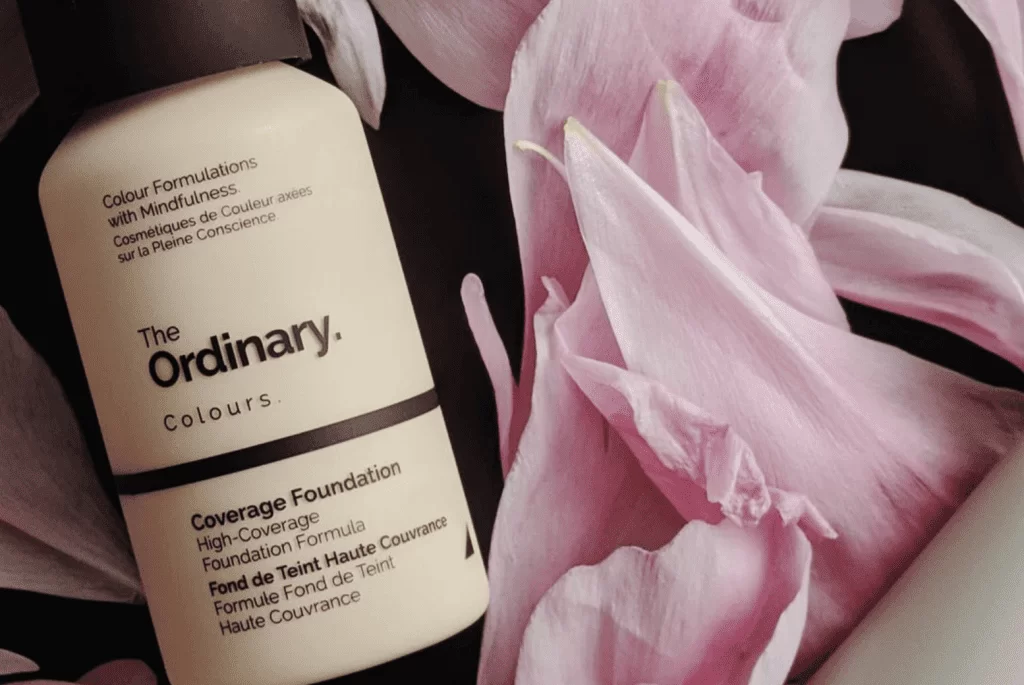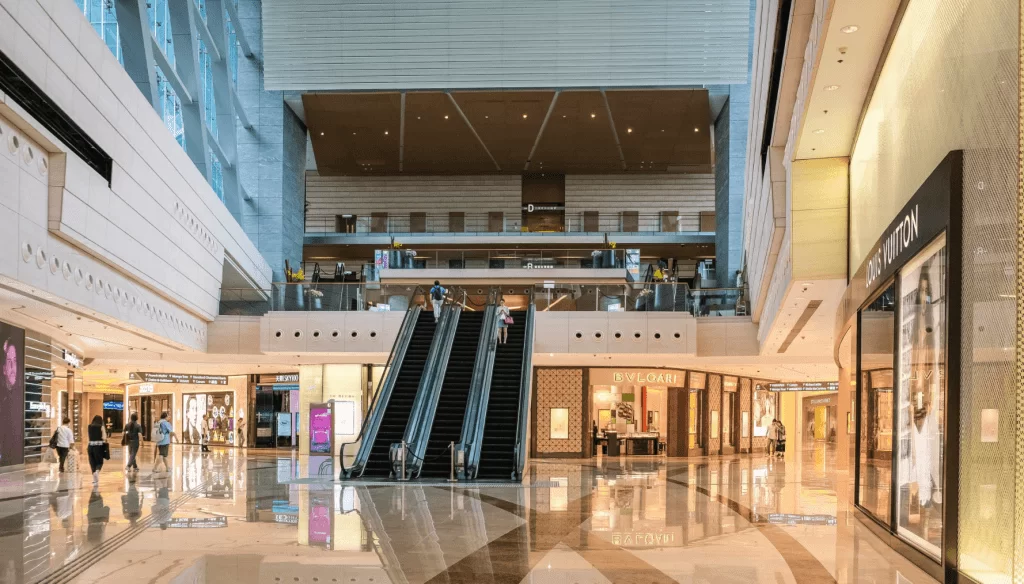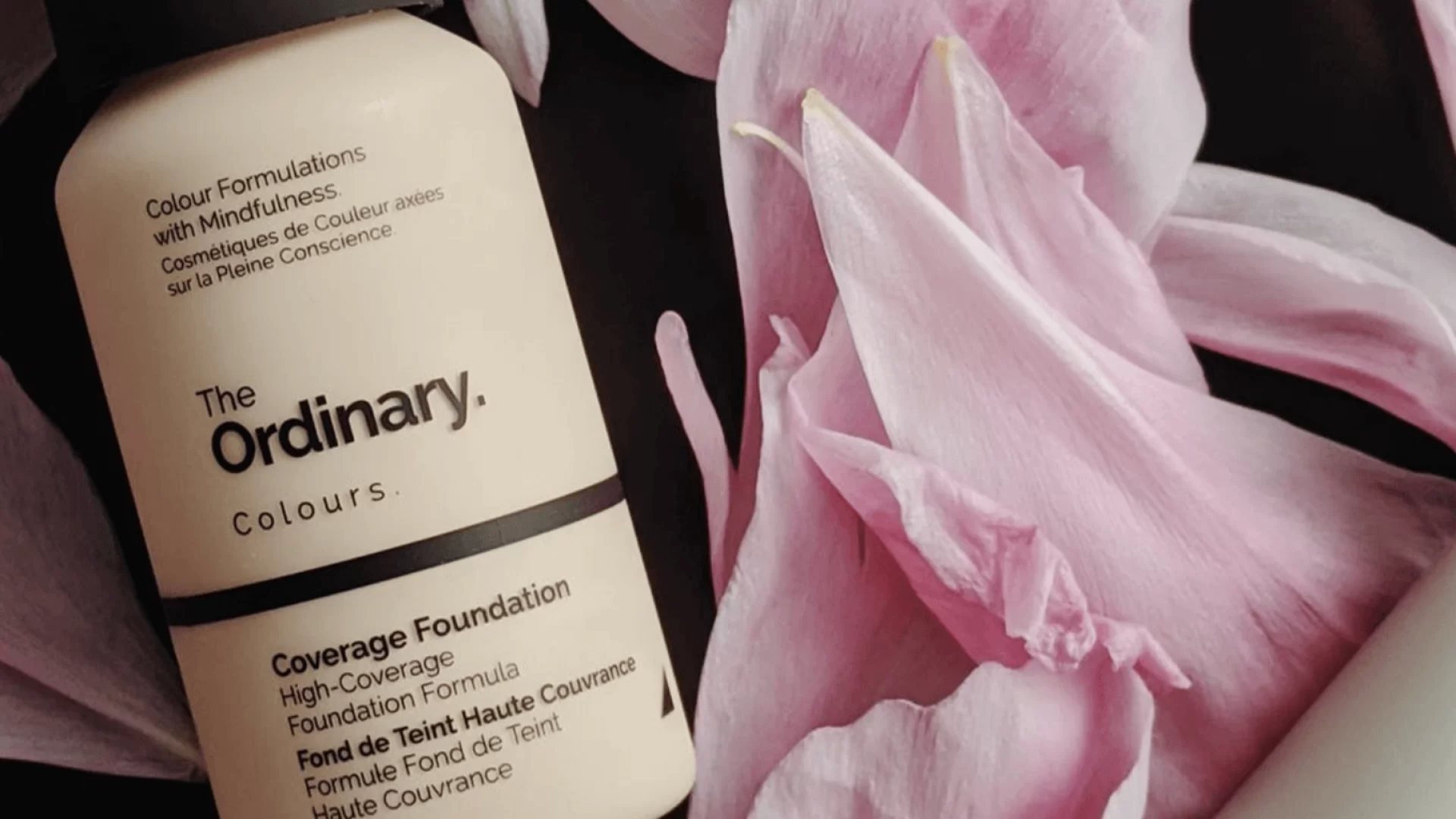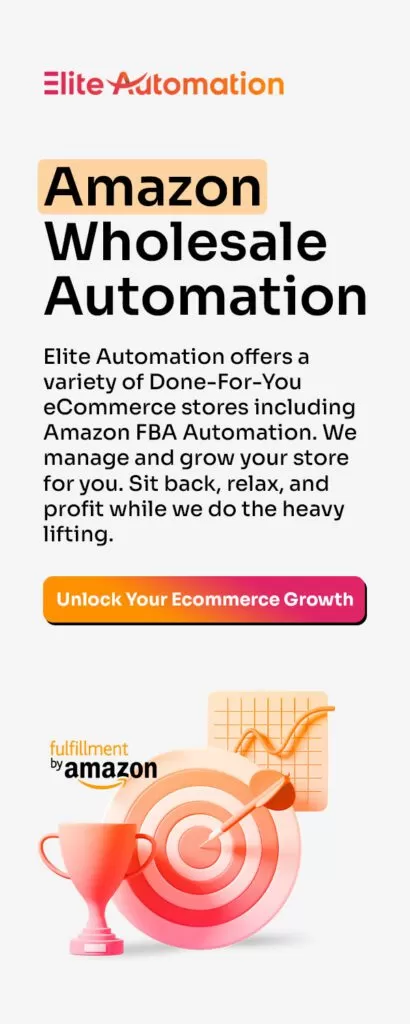In the past two years, many heavily-funded organizations have acquired Amazon businesses or small companies distributing via Amazon. These organizations are called aggregators and are increasing in number with every passing day.
Currently, there are about 40 aggregators, including Thrasio, Cap Hill Brands, and Perch. Basically, these aggregators acquire Amazon companies and leverage their retail ecommerce expertise to bring revenue across a number of brands.
Since April 2020, these firms have reached about $7 billion in revenue, which is a testament to the potential for business growth in this field. As a result, this influx of capital is validating the Amazon marketplace, making it a much bigger market to tap into than before.
Below, we explore the potential of FBA aggregation for private label sellers and firms.

What Do Amazon FBA Aggregators Seek?
All aggregating firms have certain criteria that they use to decide which private label they want to purchase on Amazon. However, here are some common things aggregators tend to look for:
- Registered Labels: Aggregators are interested in private label sellers who are selling products manufactured by them. If you’re a third-party Amazon seller selling something made by another company, you’re not likely to be taken up by the aggregating firms. On the other hand, the registered seller is on the aggregators’ radar.
- Profits: The profit requirements differ among acquirers, but most of them need Amazon sellers to have at least $200k annual net profit. For most, the minimum net margins should be 15% while others also settle for 10%.
- Amazon Fulfillment: Aggregators tend to buy merchants fulfilled by Amazon because they do not want to tackle logistics themselves.
- Customer Base: If an Amazon seller has a loyal and extensive customer base, aggregators are likely to prefer them over a store with only a few customers.
- Niche: Depending on their preferences, aggregators invest in different niches.
- Permanent Businesses: Aggregators are keen on buying brands that are not fads. Instead, the brand’s products should be permanently in demand.
- No Black Hat Tricks: If an Amazon seller is involved in any misleading or fraudulent activity that could lead to possessive deactivation of their account, aggregators will not be interested in them.
Which Factors Impacted the Amazon Acquiring Market?
2021 saw a huge influx in the number of acquirers and funds raised by them. For instance, Unybrands brought in $300 million to aggregate ecommerce businesses. At the same time, Elevate Brands pulled up $250 million to acquire third-party reselling merchants on Amazon.
Interestingly, some acquirers are only focusing on certain niches. For example, Grove Plants has raised $175 million to acquire beauty and wellness brands.
Meanwhile, some firms are focused on certain regions, such as Opontia, raising $20 million to aggregate ecommerce brands in the Middle East and Africa.
Seeing these trends, one wonders what accelerated the market in the past few years. One obvious reason is the pandemic and the increased ecommerce spending it brought along, but there are some other factors too.

Thrasio Reaching $1 Billion Valuation
Thrasio is one of the leading names in the aggregation industry, having consolidated more than 100 brands on Amazon. The firm made news when it raised $750 million more than its earlier equity for Amazon roll-up play.
In April 2021, the firm raised another $100 million in its Series C plan, which experienced a $750 million injection just less than two months ago. The co-CEO of the firm, Carlos Cashman, explains how his company has managed to succeed so quickly.
He says, “It’s pretty simple: We build relationships with sellers and others in the Fulfilled by Amazon ecosystem. We’re a resource to sellers to help them grow, and we’re here to acquire their business and give them a well-deserved pay out when the time is right.’’
Seeing Thrasio’s success, many other firms also entered the market.
A prominent example is Branded. The firm spent $150 million acquiring brands. Meanwhile, other companies like Heyday, Perch, Heroes, Berlin Brands Group, and SellerX followed suit.
Pandemic Spending
Another reason for the increased interest in Amazon brands’ acquisition is the shift in online shopping during the pandemic. Amazon reported making $108.5 billion in sales during the first quarter of 2021, which is 44% higher than the previous year.
As the pandemic moved most shopping to online channels, Amazon’s usage grew. Thus, it opened a path for aggregators to capitalize on this increased e-retail commerce.
Anker Going Public
As the pandemic ballooned Amazon sales, Amazon brands finally got closer to going public. Anker, one of the first native brands on Amazon, went public in 2020, making headlines.
Now, the company has established relationships with other vendors, such as Apple, Walmart, and Best Buy, while selling on Amazon as a third-party marketplace.
Another native brand that silently went public, possibly due to its lower revenue, is Mohawk.
Amazon’s Native brands going public means aggregators have a better chance of acquiring them and leveraging their ecommerce expertise.

How Is the Capital Influx Validating Amazon Marketplace?
For most sellers, building a brand presence on Amazon can be difficult. That’s why over 50% of the sellers are selling on Amazon as a side hustle. Meanwhile, only one-third earn solely from Amazon.
The major reason for the lack of expansion is limited resources. Since they cannot hire employees or spend money on marketing, many Amazon brands lag behind.
On the other hand, acquirers are loaded with funds. Plus, they have professional teams to manage and lead these brands. In fact, Silicon Valley and Wall Street are giving billions to aggregators to get their hands on the best-selling brands on Amazon.
Since Chinese sellers are strong contenders in the marketplace, they are on the acquires’ radar, with Thrasio investing $500 million in such brands alone.
The CEO of Heyday – an aggregating firm – Sebastian Rymarz said, ‘’We’re in the early days of a tectonic shift toward marketplace commerce. Just as the last decade saw the rise of Warby Parker, Dollar Shave Club, and other digitally native vertical brands, this decade will see the rise of a new generation of marketplace-native brands.’’
There are also websites Amazon e-commerce businesses are sold on such as Empire Flippers and Flippa. As more roll-ups pump money into native Amazon brands and reselling partners, the field is bound to boom in the coming years.


